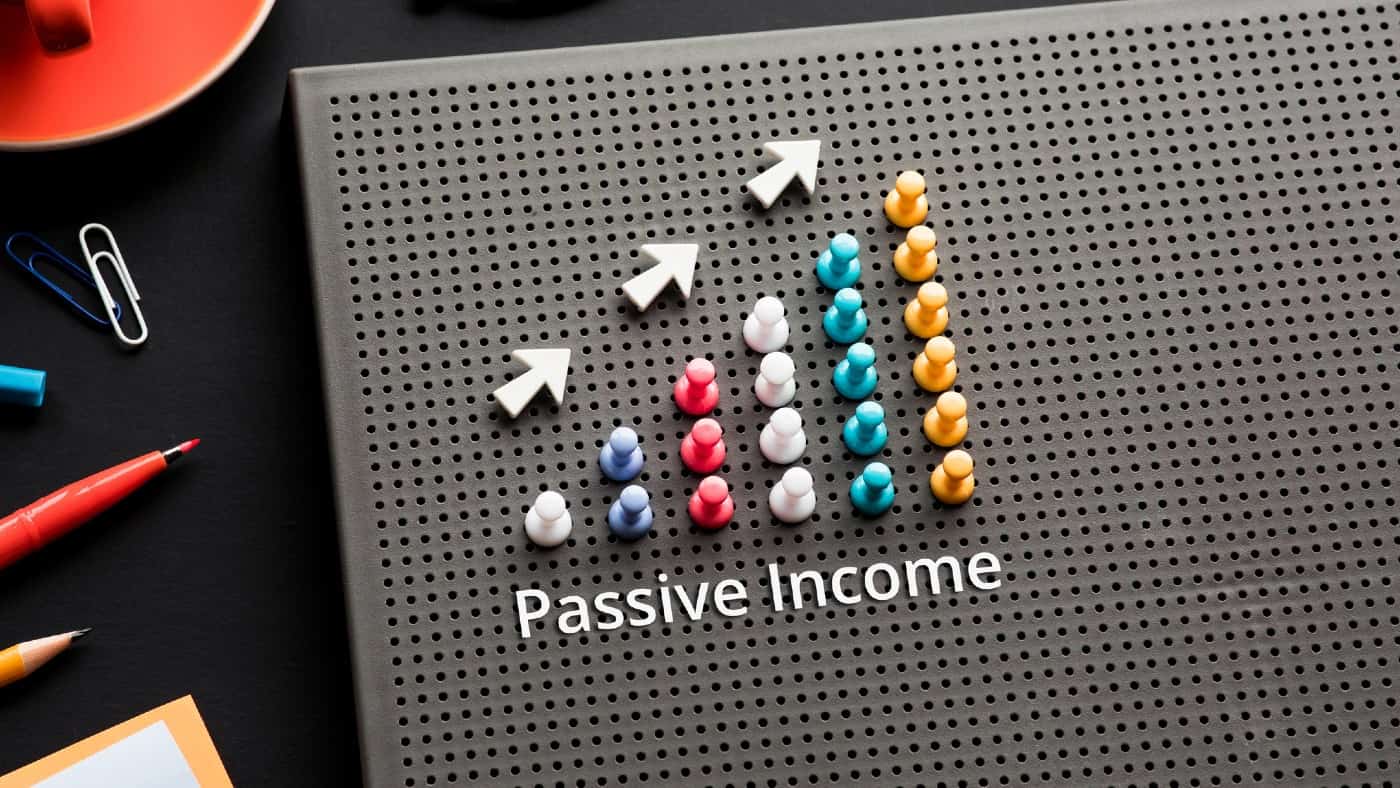The annual limit for investing in a Stocks and Shares ISA is £20,000. With that, I think it’s reasonable to aim for £1,000 in passive income.
Over a decade, that’s £10,000 in total. There are a couple of ways that I could try to achieve this.
The first is by investing in stocks that have high dividend yields. This would involve trying to collect £1,000 each year for the next 10 years.
Alternatively, I could buy shares in companies that will grow over time. I’d receive less than £1,000 this year, but look to get more later on to reach £10,000 after a decade.
There are strengths and weaknesses to each approach. Which one is right for me?
Please note that tax treatment depends on the individual circumstances of each client and may be subject to change in future. The content in this article is provided for information purposes only. It is not intended to be, neither does it constitute, any form of tax advice. Readers are responsible for carrying out their own due diligence and for obtaining professional advice before making any investment decisions.
High yields
To achieve £1,000 in annual passive income right now, I’d need a portfolio with an average yield of at least 5%. I’d look to do this with fairly traditional dividend stocks.
If I were taking this approach, I’d start with shares in Legal & General and British American Tobacco. Each of these has a yield above 5% and a strong record of dividend payments.
This would allow me to add in some other stocks that currently yield slightly under 5% but won’t bring down the average too much. Kraft Heinz and Citigroup fit the bill here.
For some diversification, I’d look to add Realty Income shares. The company leases retail properties and the stock comes with the benefit of paying its dividends monthly.
In my view, none of these companies is likely to grow its earnings substantially going forward. That’s the downside to this approach.
The advantage, though, is that this strategy allows me to reinvest dividends quicker. WIth this approach, I’d be able to reinvest £1,000 in the first year and start compounding my income.
Growth
Taking the growth approach would allow me to start with stocks with lower yields. But I’d be looking for businesses with characteristics closer to those of growth stocks.
A good place would be something like Diploma. The stock currently has a dividend yield of 1.9%, but it’s growing its distributions at 15% annually.
Other stocks I’d consider for this approach are Games Workshop, Experian, and Microsoft. None of these has an eye-catching yield today, but all are growing quickly.
This approach offers less opportunity to reinvest dividends, but it results in higher dividend payments over time. Diploma, for example, will have a yield on cost of 9% if it continues on its growth trajectory.
My plan
If I were looking to invest £20,000 today, I’d prefer the first approach. A steadier stream of income attracts me more at the moment.
A significant rise in interest rates might draw me towards the growth stocks as share prices fall. But for now, I like the first strategy.








